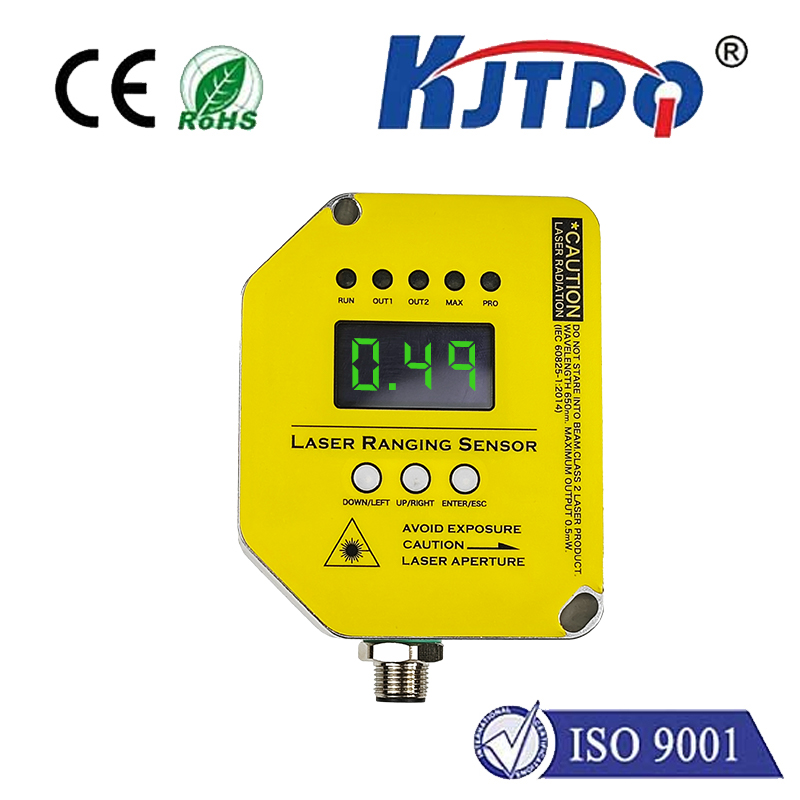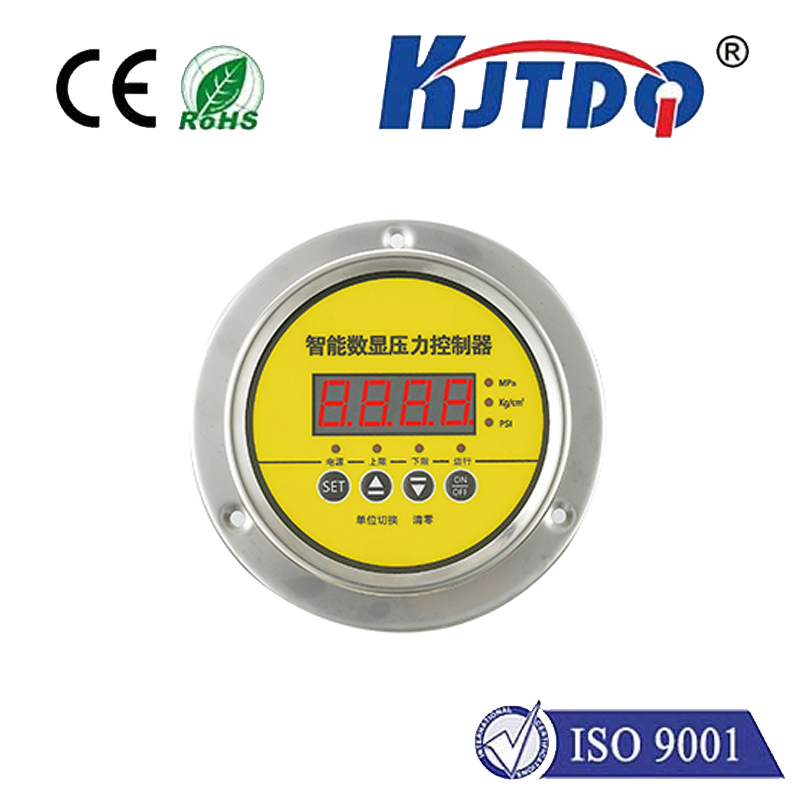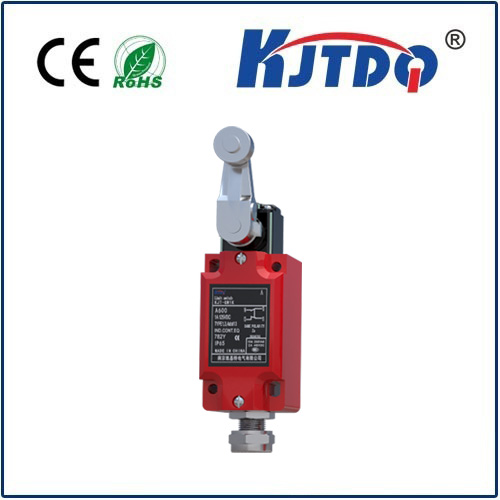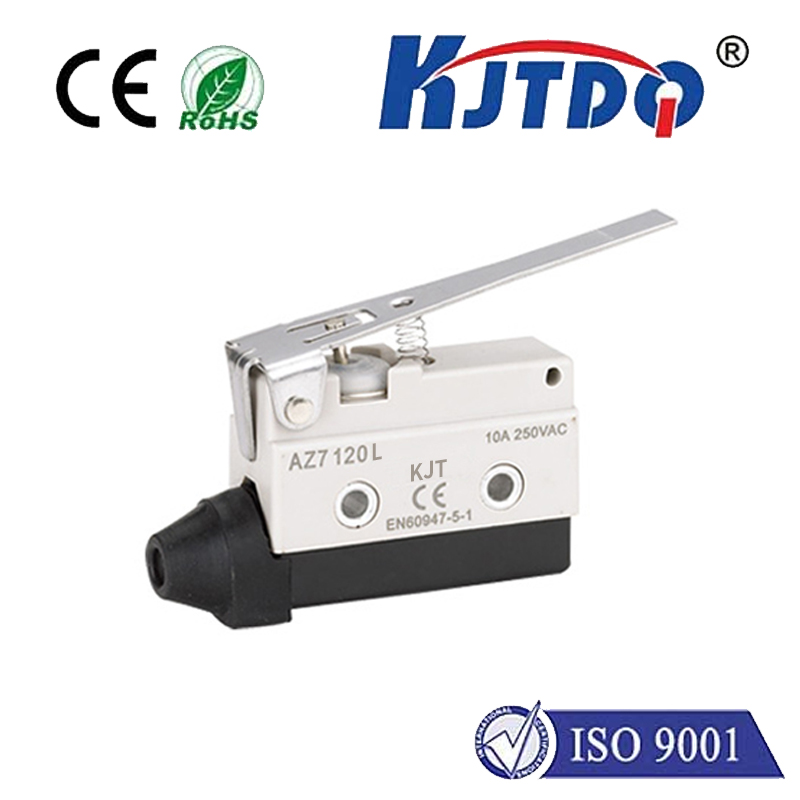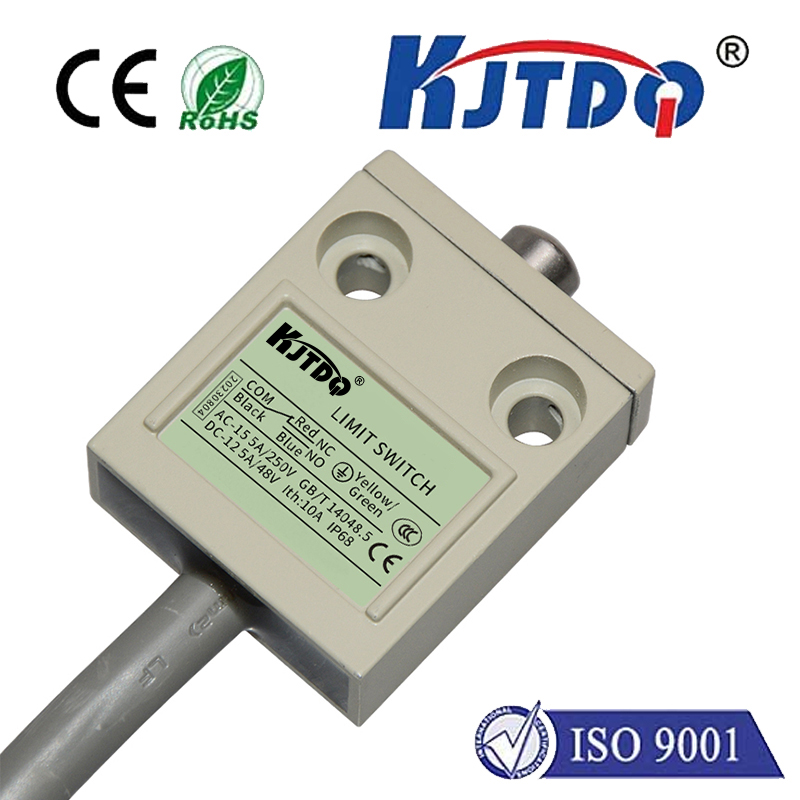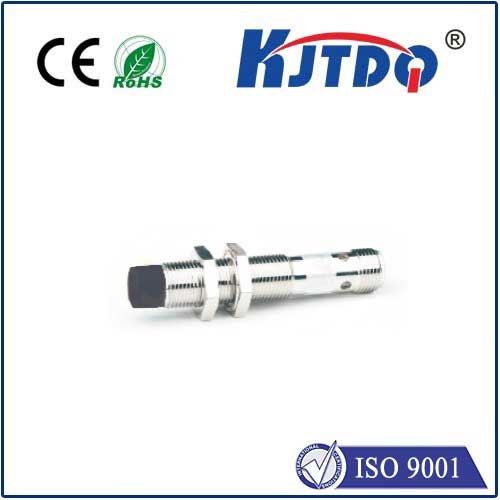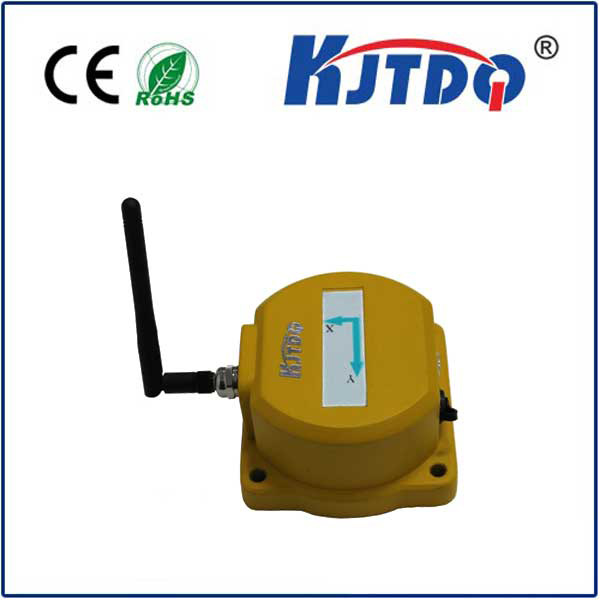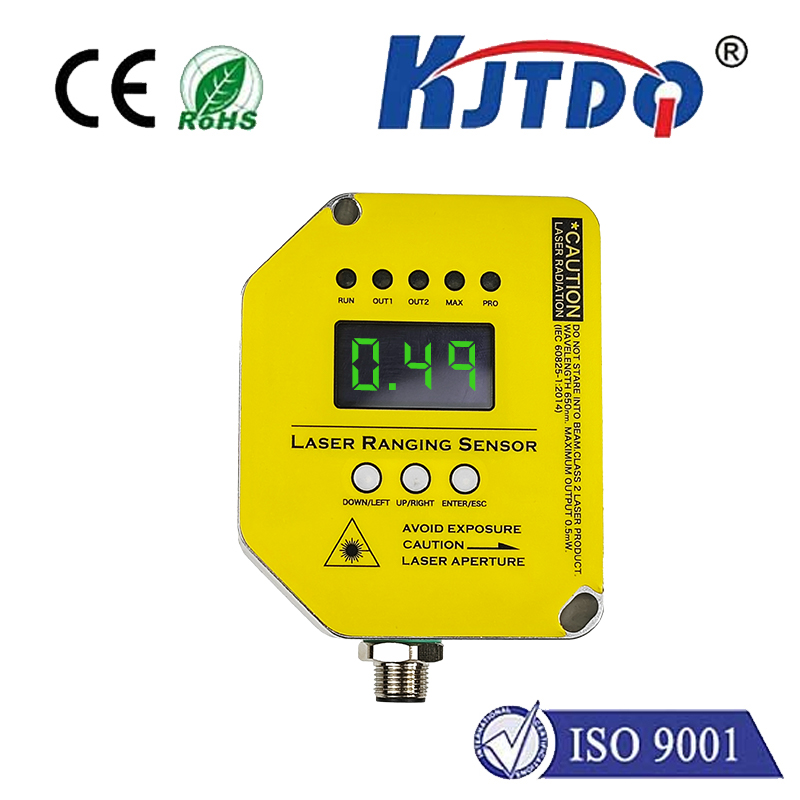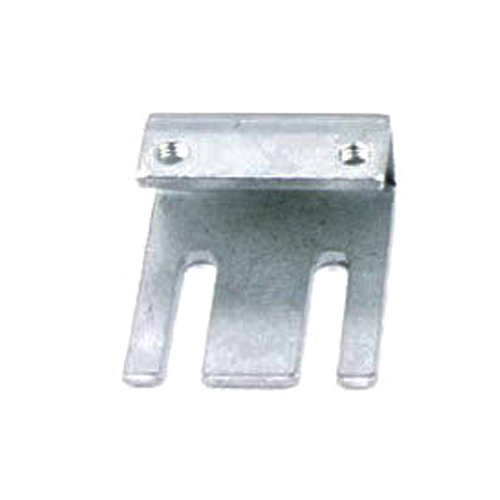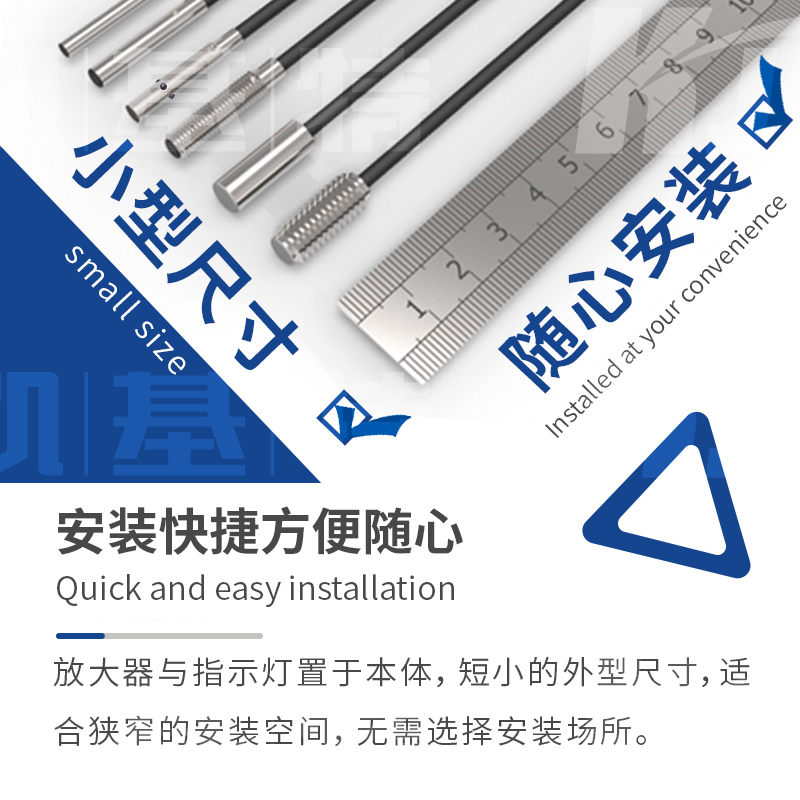
Проверка

Проверка

Проверка

Проверка

Проверка

Проверка
Understanding PNP Capacitive Proximity Sensors: Revolutionizing Non-Contact Detection
Ever walked into a room and watched lights flicker on automatically, or seen factory robots glide smoothly around obstacles? Behind these everyday marvels lies a hidden hero: the capacitive proximity sensor. But when we dive into the PNP variant, things get even more exciting. Imagine a device that senses your presence without a single touch—reliably, silently, and with impressive precision. That’s the magic of PNP capacitive proximity sensors. In industries from manufacturing to healthcare, these sensors transform efficiency and safety. But how do they work, and why does the PNP output make them so popular? Let’s unravel this cutting-edge technology step by step, exploring its inner workings, applications, and standout benefits.
At its core, a capacitive proximity sensor detects objects by leveraging electrical fields. Unlike mechanical switches, it operates without physical contact, making it ideal for harsh or sensitive environments. The sensor contains an electrode that creates a capacitive field—a small zone of electrical energy. When an object enters this field, it alters the capacitance (the ability to store electrical charge). This change is processed by the sensor’s internal circuitry, triggering an output signal. For PNP sensors, that signal is a positive voltage pulse. Essentially, the PNP output acts as a “source” switch, providing a high signal (e.g., +24V) when detection occurs. This contrasts with NPN outputs, which sink current to ground. PNP’s positive logic simplifies integration into control systems, especially in systems where a common positive supply dominates.

So, why choose a PNP capacitive proximity sensor? Its advantages shine in real-world applications. First, the non-contact nature eliminates wear and tear, ensuring long-lasting performance. Think about automotive assembly lines: here, PNP sensors detect components like glass panels or plastic parts without scratching them, boosting throughput while reducing maintenance. Second, they excel at detecting a wide range of materials. While inductive sensors only sense metals, capacitive variants work on both conductive and non-conductive objects—from metals to liquids, plastics, or even human skin. This versatility makes them perfect for food processing plants, where they monitor ingredient levels in conveyors without contaminating the product.
The detection capabilities of these sensors are truly remarkable. With ranges extending up to 40mm (depending on the model), they offer flexible positioning and consistent accuracy. Factors like material composition and environmental conditions (e.g., humidity or dirt) can influence performance, but modern designs include features like tunable sensitivity. This allows users to adjust the sensing threshold, minimizing false triggers from background noise. For instance, in packaging machinery, a PNP sensor ensures that cartons are counted accurately, even amid dust or vibrations. The PNP output, specifically, enhances reliability because it provides a direct positive voltage—ideal for driving PLCs (Programmable Logic Controllers) or relays. This output type is often preferred in European and many global systems, where positive logic aligns with standard wiring practices.
Key applications highlight the transformative role of PNP capacitive proximity sensors. In industrial automation, they’re the backbone of efficient production lines. For example, robotic arms use these sensors to detect pallets or tools, enabling seamless, touch-free operations that cut delays and errors. In consumer electronics, such sensors power touchless faucets or proximity switches in smartphones, adding a layer of user convenience. Healthcare settings also benefit: devices like automatic dispensers employ them to detect hands or containers, promoting hygiene. Moreover, their low energy consumption and easy installation make them a go-to solution for retrofitting older systems.
Integrating a PNP capacitive proximity sensor is straightforward, but attention to best practices ensures optimal results. Always mount the sensor perpendicular to the target object for maximum field coverage. Avoid metallic backgrounds that could interfere with the capacitive field; using shield models can mitigate this. For power, connect the sensor to a DC supply (typically 10-30V), with the output wired to your control unit. Regular calibration checks maintain peak performance—simply test with a representative object periodically.
As technology advances, innovations like IoT-enabled sensors are emerging. These smart versions can wirelessly transmit detection data, enabling predictive maintenance in smart factories. With the PNP variant leading the way, the future of non-contact sensing looks brighter than ever.
(Word count: 890)
